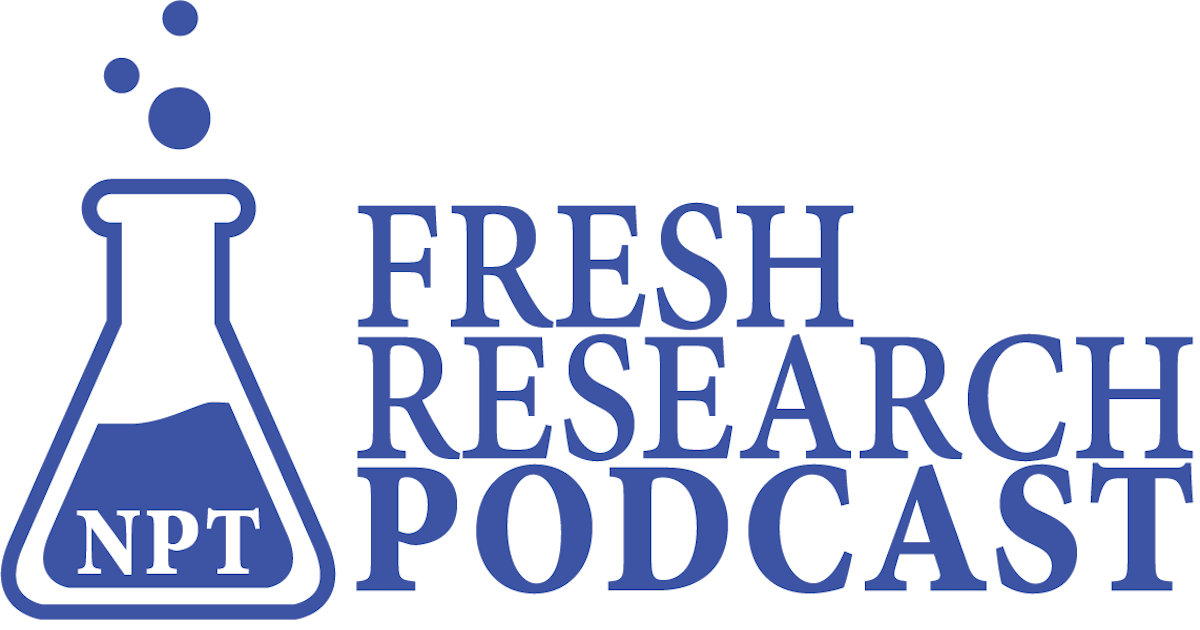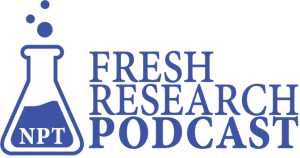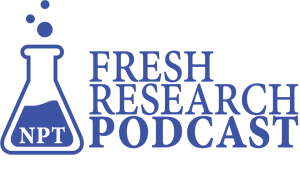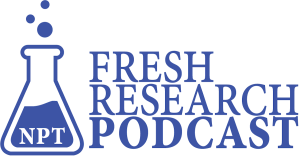A new report examines how crowdfunding fits into the larger philanthropic landscape and perceptions of crowdfunding by both crowdfunding donors and non-crowdfunding donors while also looking at charitable behavior during the COVID-19 pandemic.
The study, Charitable Crowdfunding: Who Gives, to What, and Why? by Indiana University Lilly Family School of Philanthropy at IUPUI, uses data from a survey of 1,535 U.S. adults in September 2020. The sample was weighted to ensure results were representative of the general population.
Una Osili, Ph.D., is associate dean for research and international programs and Efroymson Chair in Philanthropy at the Lilly Family School of Philanthropy. “One of our big questions around 2020 is that in addition to studying how donors were giving, we were also looking at how philanthropy was changing during the pandemic,” she said. “What is very clear is that crowdfunding now is an important part of the philanthropy landscape and that is likely to continue going forward.”
In recent years, some disaster giving was starting to be powered through crowdfunding, with donors connecting with individuals affected by hurricanes in Texas and Puerto Rico, according to Osili. “With COVID, we’re starting to see some of that take place, where individuals are supporting campaigns that are designed to help other individuals. Some of them artists in the community or small businesses. So the notion of generosity expanding means that we’re also seeing new types of causes emerge or cause areas,” she said, such as funds directed to help essential workers.
Crowdfunding donors tend to be more diverse, younger, less religious and more likely to be single, compared to traditional charitable giving donors. Nearly 20% of donors typically give to social justice causes. A higher percentage of those who give through crowdfunding (27.7%) or social media (28.6%) support social justice causes, compared to traditional charitable donors.
The complete 24-page report can be accessed here.







